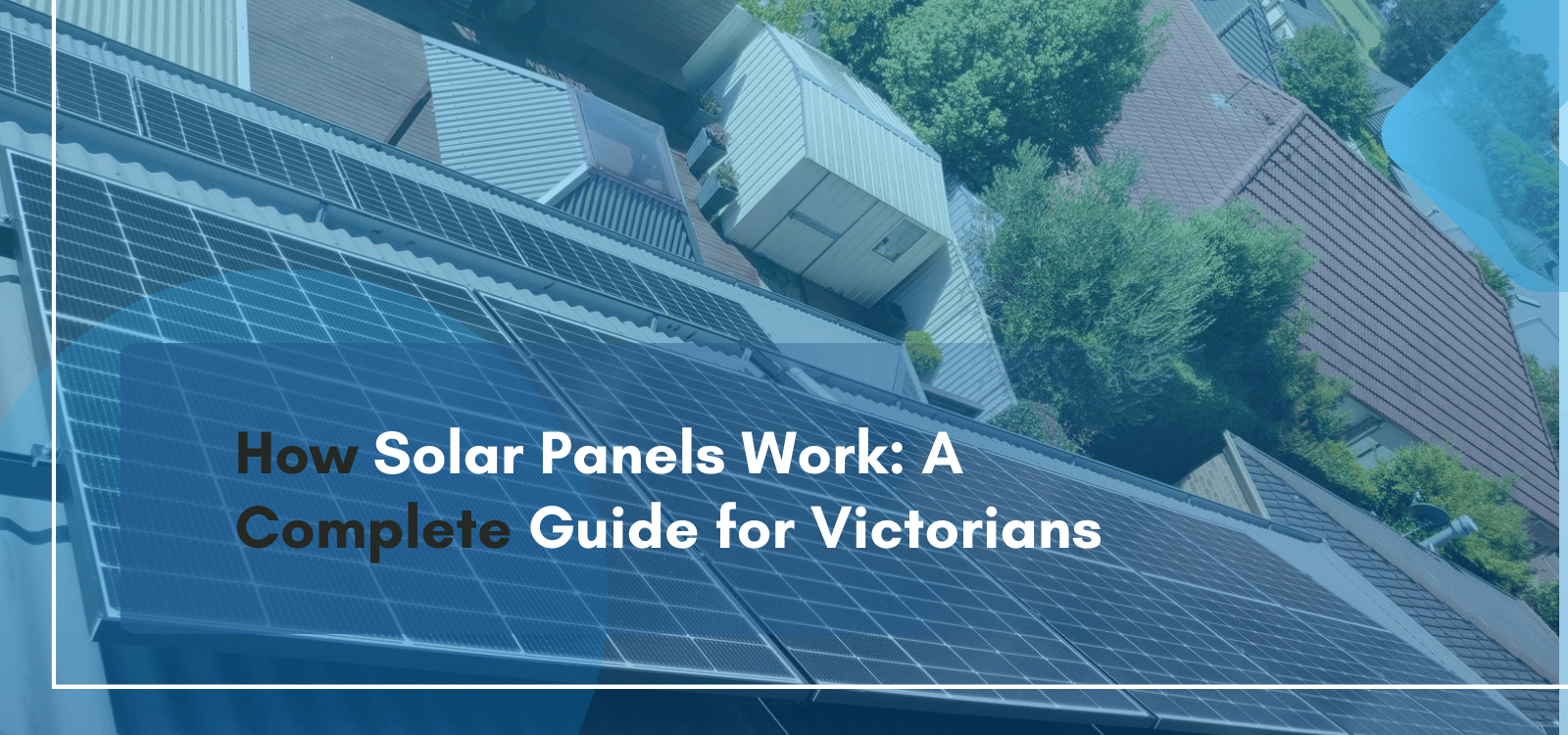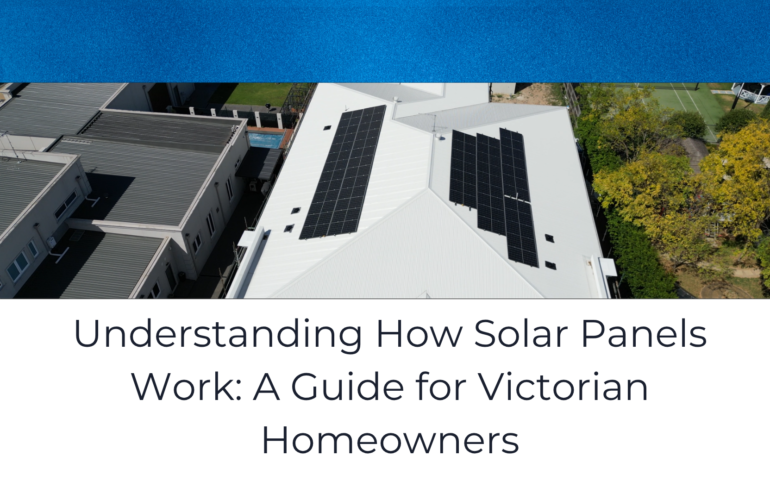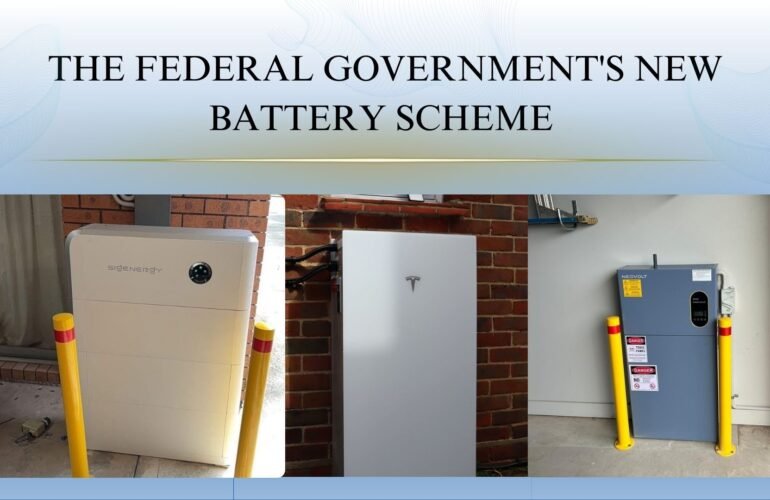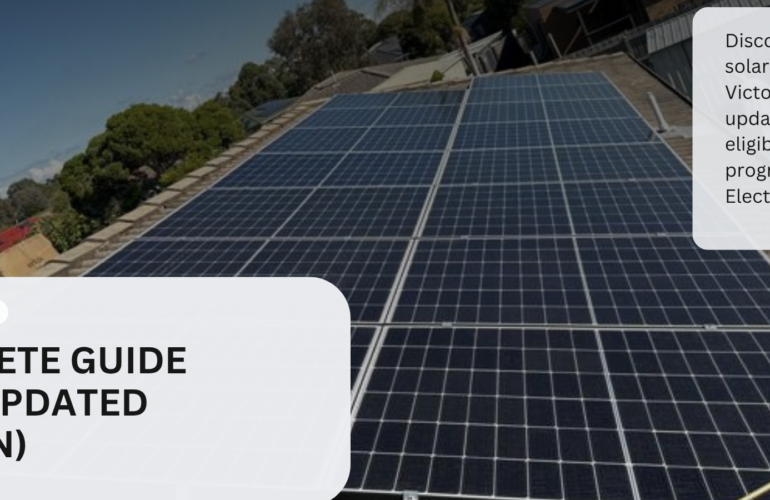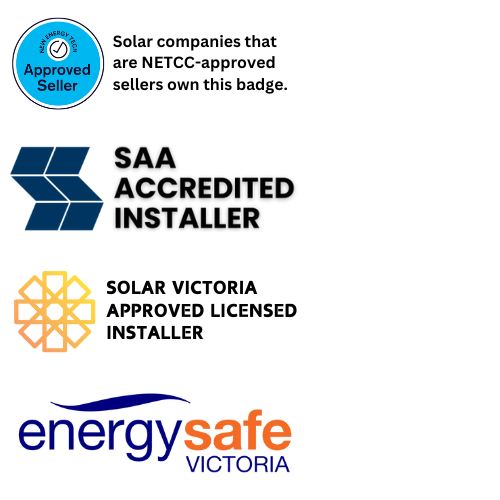How Solar Panels Work: A Complete Guide for Victorians
Victoria is quickly moving to the top of Australia’s solar energy usage rankings. With rising electricity prices and a growing demand for sustainable solutions, more homeowners and businesses are turning to solar panels to reduce their bills and environmental footprint. However, many Victorians want to know about solar panels before making an investment in a system.
The Basics of Solar Power
Solar photovoltaic (PV) panels are the core component of any solar system. These panels are made up of multiple small solar cells, typically crafted from silicon. When sunlight captures the surface of a panel, the solar cells capture photons, light particles from the sun. This energy releases electrons within the cell, creating an electric current. This process, known as the photovoltaic effect, is how solar panels generate electricity directly from sunlight.
From Light to Useful Energy
Direct current (DC) is the term used to describe the power generated by solar cells. But alternating current (AC) powers run on our Victoria’s homes and businesses.
Every solar system has a solar inverter to convert this energy into usable form. The inverter transforms DC electricity into AC power, which may eventually reach your home’s switchboard and power usual appliances like computers, TVs, and air conditioners.
Key takeaway: Without the inverter, your solar panels would not be able to supply power that’s compatible with the Victorian energy grid.
Powering Your Home or Business in Victoria
The AC energy is available for usage when your inverter has completed its task. Before using the grid, your house or place of business will automatically utilise its solar energy.
Here’s how it works in practice:
- Daytime use: During the day, your house will be powered by solar energy while your panels are generating electricity.
- Excess generation: Any extra power produced by your panels that exceeds your use is sent back into the grid.
- Feed-in tariffs: If you provide this additional energy to the grid in Victoria, your electricity supplier may give you credits.
Night-time use: When your solar panels start to make electricity in the morning, they power your home or business first. Any extra energy is used to charge your solar battery after your daily needs are met. You can use this saved energy at night or on cloudy days when your panels aren’t making enough power.
Adding Solar Batteries for Greater Independence
Many Victorians start with a solar system that connects to the power grid, but many homeowners are now adding solar batteries. Solar batteries store extra electricity during the day so you can use it at night or when the power goes out.
This means:
- Depending less on the grid.
- Greater protection from rising electricity costs.
- Safety with energy in case of blackouts.
As Victoria rapidly focusses on renewable energy, battery storage is becoming an appealing choice for households seeking long-term savings and more control over their energy consumption.
Why Solar Panels Are So Effective in Victoria
Victoria receives an excellent amount of sunshine for solar energy production, considering the fact that some people believe it to be a colder state than Queensland or Western Australia.
- Average sunlight hours: Victoria receives around 4 to 5 peak sun hours per day, which is ideal for solar panels to perform effectively.
- Seasonal balance: solar panels may still provide power throughout the colder months. As long as there is daylight.
- Local conditions: Solar installers in Victoria design systems that are tailored to the state’s climate, roof types, and energy needs.
This means solar panels in Victoria are not only practical but also provide an excellent return on investment.
Conclusion
So, how do solar panels work? In simpler terms, they capture the energy of the sun, convert it to electricity, and supply electricity to your residence or business. In Victoria, the transition to solar power is one of the most intelligent financial and environmental decisions you can make, given the wide range of sunlight, supportive solar rebates, and increasing energy costs.
Investing in solar panels in Victoria results in a cleaner future for future generations, greater energy independence, and reduced expenses, regardless of whether you locate in Melbourne, Geelong, Ballarat, or a regional area.

